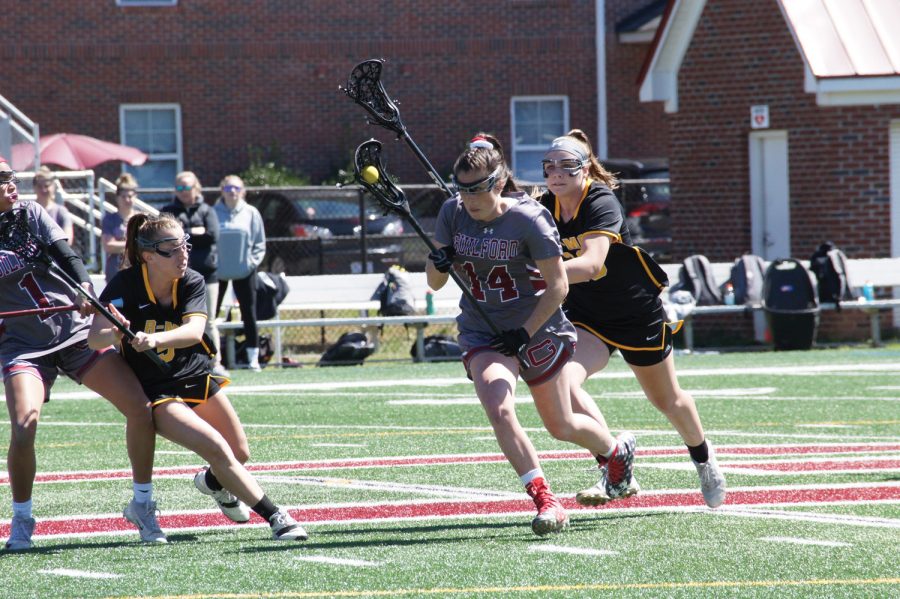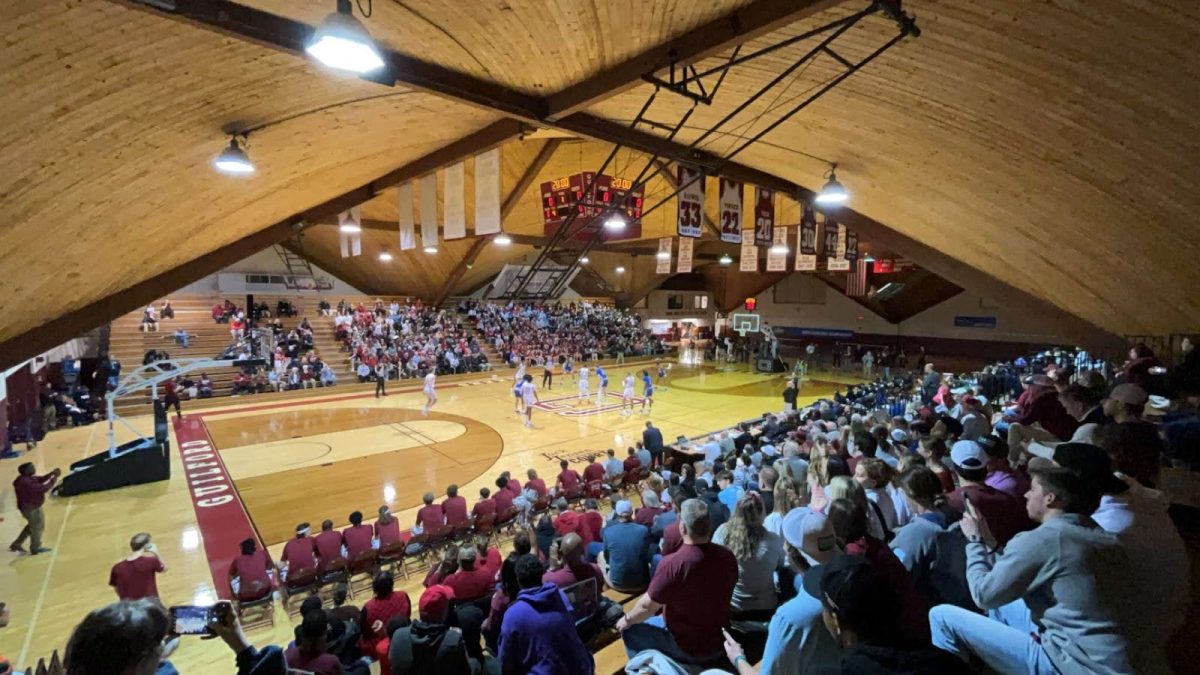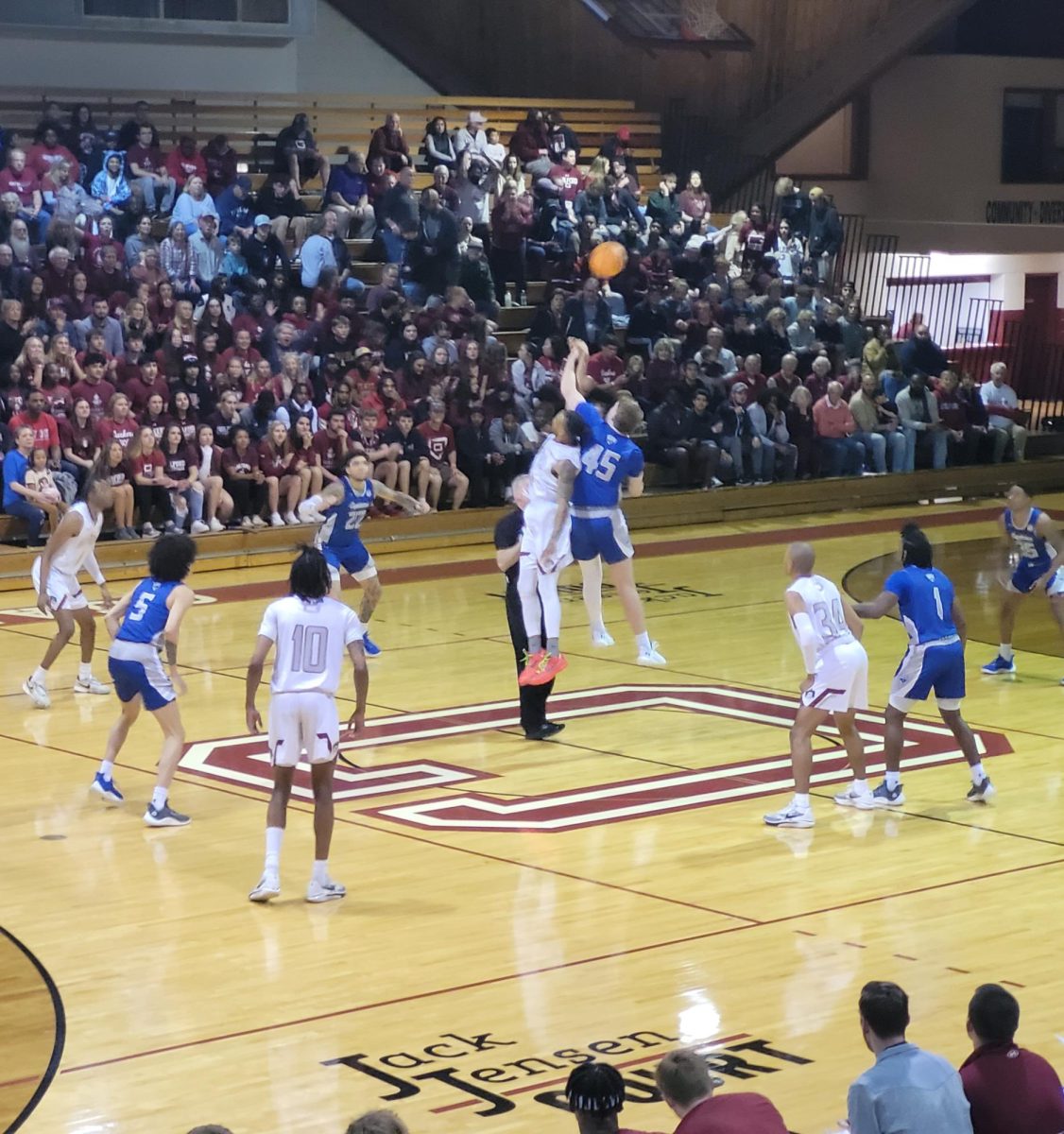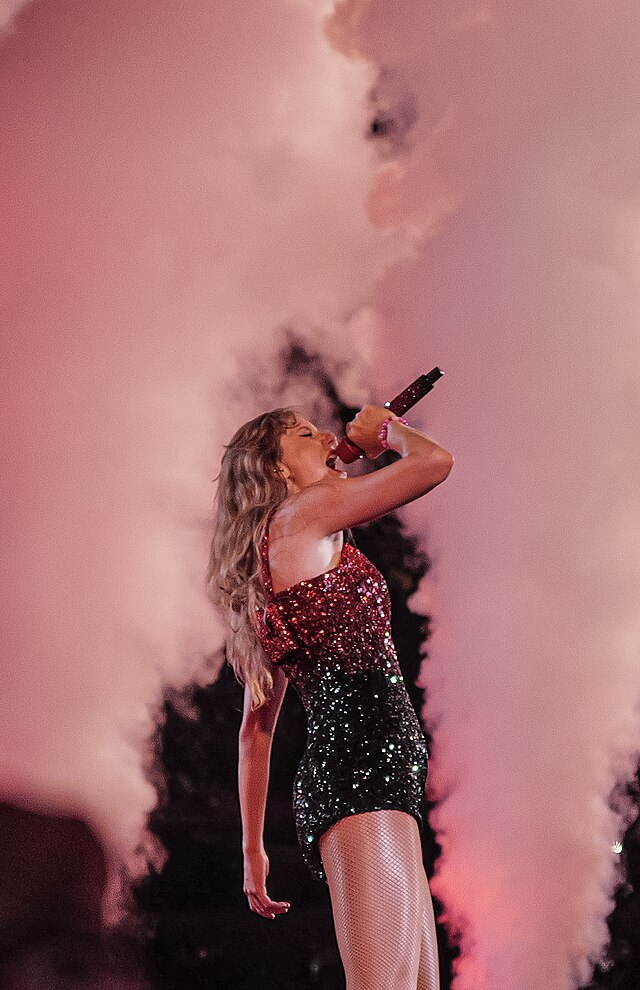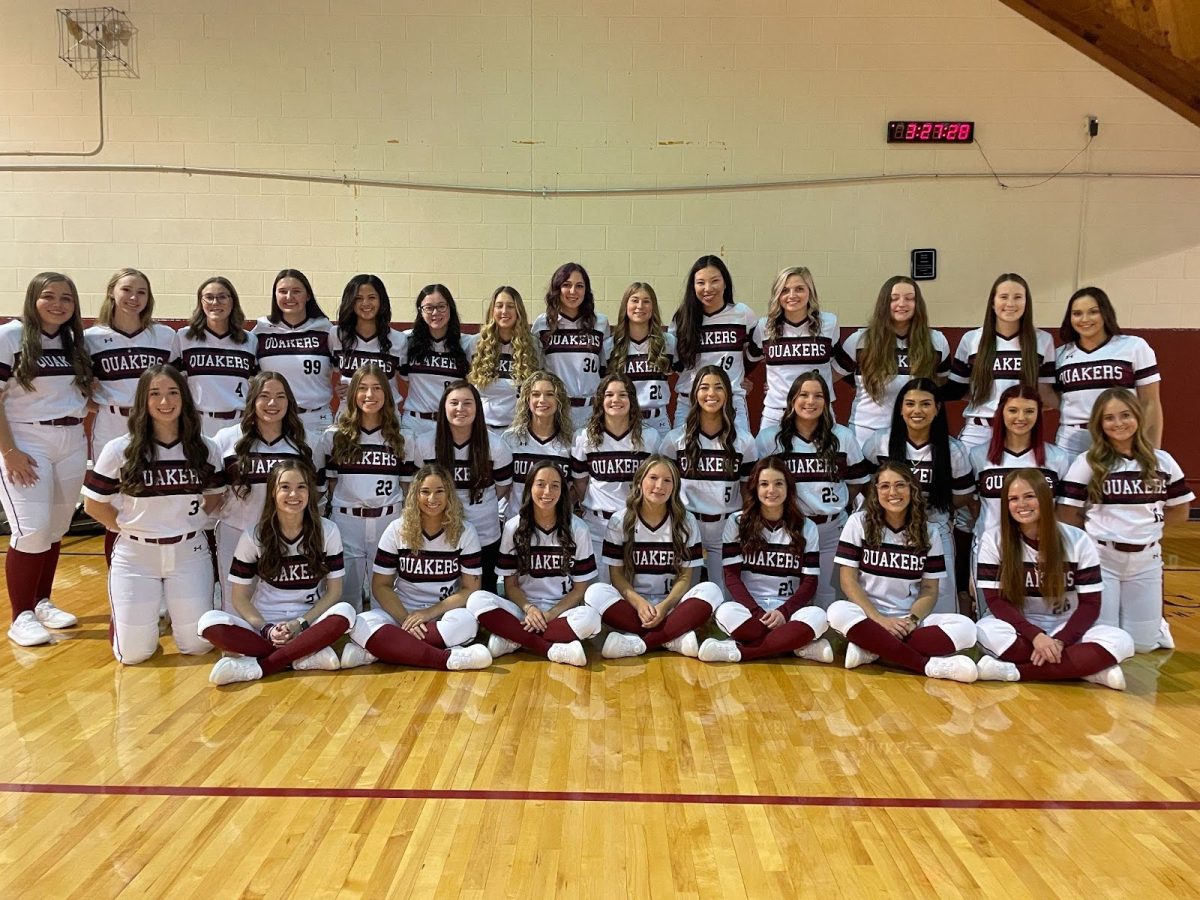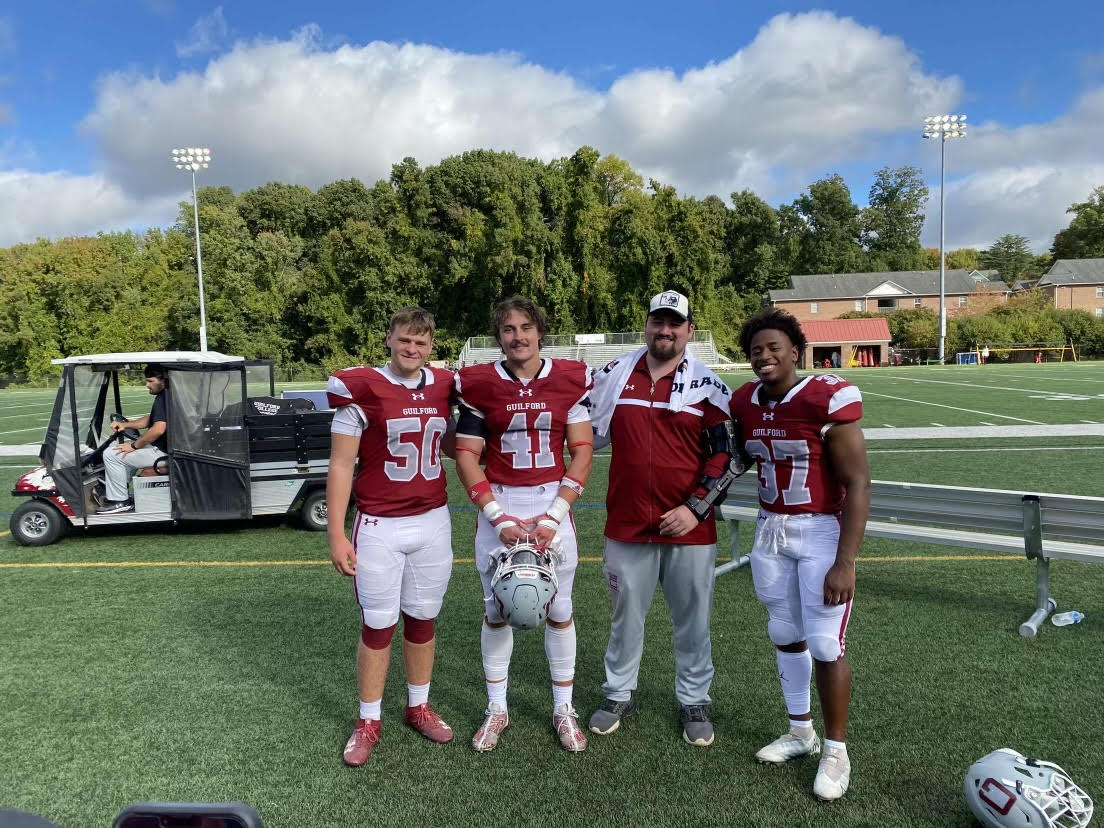“You literally have to have people’s backs,” said first-year Maya Price.
This proves to be true for a sport in which tackling is the key to gaining possession.
One would be quick to assume that the sport is football, but Price plays scrum-half on the Guilford College women’s rugby team, which is one of the club sports teams on campus.
“A lot of people don’t even know that we have a rugby team,” said Price. “We’re still working on getting other people who play to join the team.”
Club team practices are similar to National Collegiate Athletic Association regulated varsity sports.
“We’ve been practicing the whole semester,” said Price. “Half of (practice), we’re in the gym doing conditioning, and the other half, we’re doing different drills.”
These parallels are also reflected in intramural sports.
“We have practice every day of the week for two hours from 4:30 to 6:30 (p.m.),” said first-year Michaela Allred, a middle hitter for Guilford’s club volleyball team, which is part of an intramural league. “We do warmups and stretches at the beginning, and then we just do our focus of the day, such as defense or offense, and individual skills or drills as a group.”
However, there are many differences between varsity sports, club teams and intramural sports.
“(Varsity sports) are sports that are recognized by the NCAA and represent the College,” said Timothy Johnson, assistant director of the Office of Student Leadership and Engagement, in an email interview with The Guilfordian.
Club teams also compete with other colleges. However, students regulate them with the assistance of OSLE.
“(Club sports) are sports that allow students who are not on the varsity teams to still compete,” said Johnson. “However, they are not a part of conference play. It provides an outlet for students to still play without the strain of a year-long commitment, as well as having the opportunity to play with friends and other peers.”
Even without conference play and NCAA regulation, club sport players can take on leadership positions.
“We have the best captains and team president,” said Price. “The team president takes care of our fundraising and things like that.”
Intramural sports are leagues organized by the College to allow for students to participate in a sport they are passionate about and are competitive in.
“Well, with varsity athletics, you have to be recruited and are actually part of a system,” said Allred. “With intramurals, it’s basically made for fun. It’s still competition but not on the same level. It’s a time for other players to get together and play a sport they like.
“Varsity athletics might be a little bit more competitive because of the higher caliber of players, but (intramural volleyball) is still pretty competitive.”
Despite the contrast in these three types of sports competitions, they can all experience dynamic seasons.
“It’s a lot less stress, but the thing is, you can still be competitive,” said Price. “It’s not as intense with conditioning, but you still work really hard. The thing with rugby is you don’t have to win for it to be fun.”
As with many starting teams, intramural sports can also experience difficulties.
“We were definitely a young team,” said Allred. “We had 12 (first-years) and five upperclassmen, so we had trouble with confidence. Playing as a team and communicating were big things we worked on this year.”
Despite the initial adversity, the volleyball team showed improvement throughout their season.
“We got into the conference tournament for the first time in four years,” said Allred. “When we started out, we were ranked 11 out of 12 teams in the conference, and we ended up ranked fifth.”
Just as with any other sport, support and encouragement played a big role in shaping the teams.
“I love (my teammates),” said Allred. “They’re all very supportive. We’re a team, so we’ve all learned to work together really well on and off the court.”
No matter the outcomes of the competitions, club and intramural sports teams have built lasting friendships.
“I like the unconditional love that everyone has,” said Price. “You learn to really appreciate everyone. You support each other and laugh at each other, there’s just something magical about that.”
Despite differences with varsity sports, club and intramural sports also promote athleticism and are looking for more players to join. There are many club and intramural teams to explore at Guilford.


